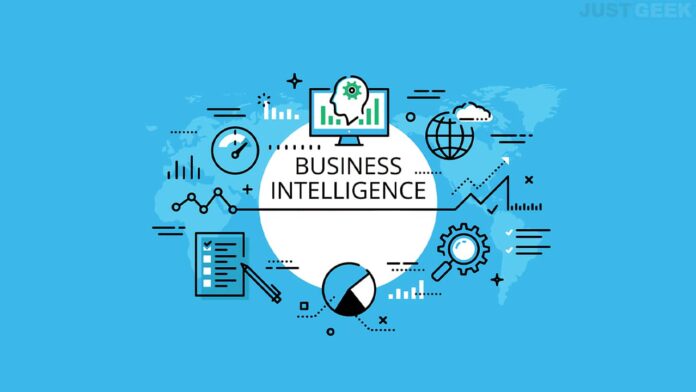Business Intelligence and Analytics is the process of collecting, analyzing, and interpreting data to inform business decisions. It has become an essential tool for organizations looking to gain a competitive advantage and improve their operations. However, as data becomes more valuable, cybersecurity risks also increase. In recent years, cybersecurity trends have become an important consideration for businesses implementing BI and analytics solutions. This includes implementing access controls, encryption, and intrusion detection, as well as educating employees about best practices for cybersecurity. With the right cybersecurity measures in place, businesses can use BI and analytics to gain insights into their operations, identify areas for improvement, and make data-driven decisions that drive success.
Why Cloud-Based Services Are Necessary?
The use of cloud-based services has become increasingly common in recent years, with many businesses relying on cloud-based solutions for their BI&A needs. However, the use of cloud-based services can pose cybersecurity risks, as data stored in the cloud can be vulnerable to hacking, theft, or other cyber threats.To mitigate the risks associated with cloud-based services, businesses should implement robust security measures, including using encryption to protect data in transit and at rest, and implementing access controls to limit access to data to only those who need it.
Cybersecurity Trends – Benefit for Your Business
Cybersecurity is a critical concern for businesses of all sizes and industries, as data breaches and cyber attacks can result in significant financial and reputational damage. With the rise of digital transformation and mobile app development, cybersecurity threats have become even more prevalent and sophisticated. As such, it’s essential for businesses to stay up to date with the latest cybersecurity trends and implement appropriate measures to protect their data and systems. One significant trend in cybersecurity is the increasing use of artificial intelligence (AI) and machine learning (ML) to detect and prevent cyber attacks. These technologies enable businesses to analyze vast amounts of data in real-time and identify potential threats before they can cause damage. By using AI and ML, businesses can automate their cybersecurity processes and reduce the risk of human error. Another important trend is the adoption of multi-factor authentication (MFA) to improve login security. With MFA, users must provide multiple forms of identification, such as a password, fingerprint, or facial recognition, to access their accounts. This makes it more difficult for hackers to gain access to sensitive information and systems. Cloud computing is another area that requires attention when it comes to cybersecurity. While the cloud offers many benefits, such as scalability and cost-effectiveness, it also poses potential risks, such as data breaches and unauthorized access. To mitigate these risks, businesses need to carefully choose their cloud providers and ensure that they have appropriate security measures in place.
Conclusion
In conclusion, software architecture is essential to ensuring the security of software systems in the face of evolving cybersecurity threats. By incorporating security measures into the architecture of a software system, organizations can protect against cyber attacks, comply with regulations, improve risk management, facilitate incident response, and enhance reputation and customer trust. With cybersecurity trends becoming increasingly sophisticated and frequent, organizations must pay attention to the architecture of their software systems to ensure that they are robust and resilient to attacks.















